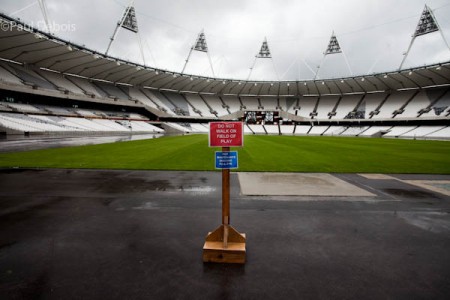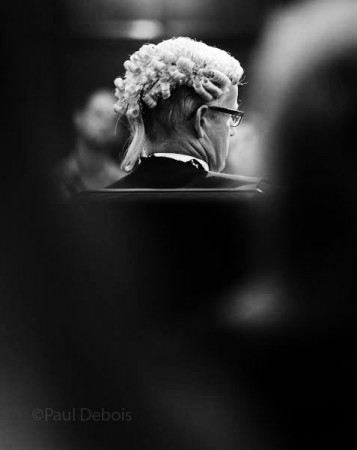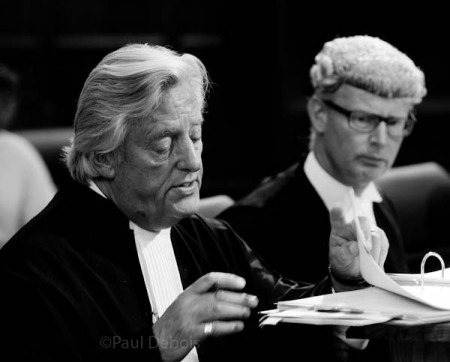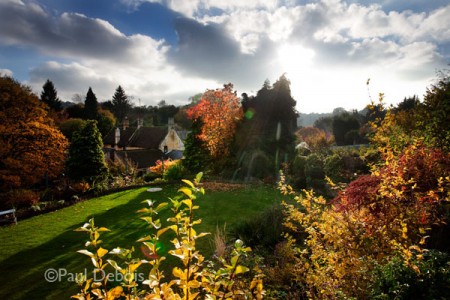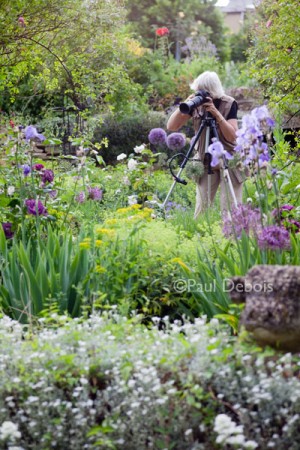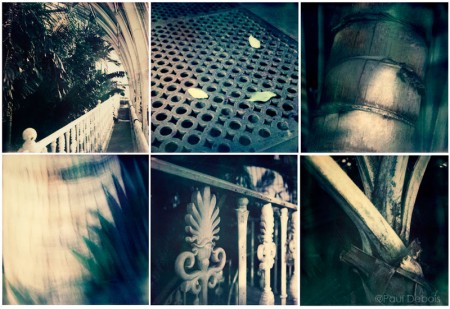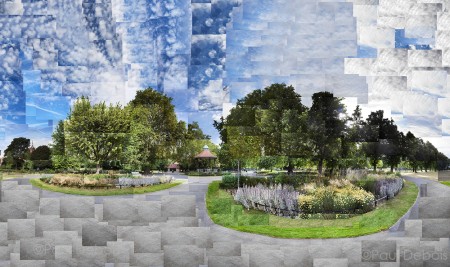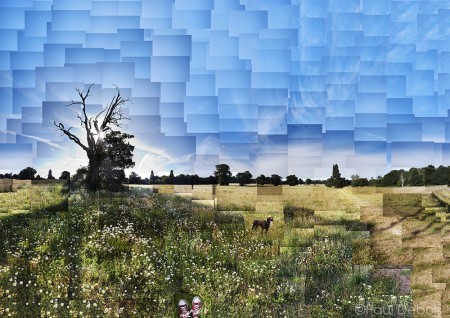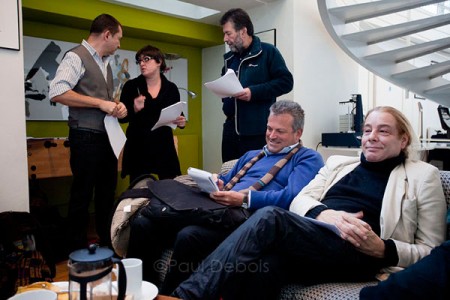A gallery of photographs from my tour of Chelsea Fringe Gardens. The Fringe, in its inaugural year, is a new garden festival, directed journalist and author, Tim Richardson.
From their website :
“The Chelsea Fringe festival is a brand new initiative, entirely volunteer-run in its first year. It’s all about harnessing and spreading some of the excitement and energy that fizzes around gardens and gardening. The idea is to give people the freedom and opportunity to express themselves through the medium of plants and gardens, to open up possibilities and to allow full participation. Entirely independent of the RHS Chelsea Flower Show (though acting with its support), the Fringe will explode out of the showground geographically, demographically and conceptually. It will range from grassroots community garden projects to avant-garde art installations. Our open-access principle means that just about anything goes – as long as it’s interesting and on the subject of gardens, flowers, veg-growing or landscape”.

19.5.12, Chelsea Fringe Festival: The Edible High Road, Chiswick. Left: Devonshire Road, Right: Turnham Green Terrace

21.5.12, Chelsea Fringe Festival - Pop-up Flower Shop at COS in Brompton Road, London - A collaboration between Clifton Nurseries and COS
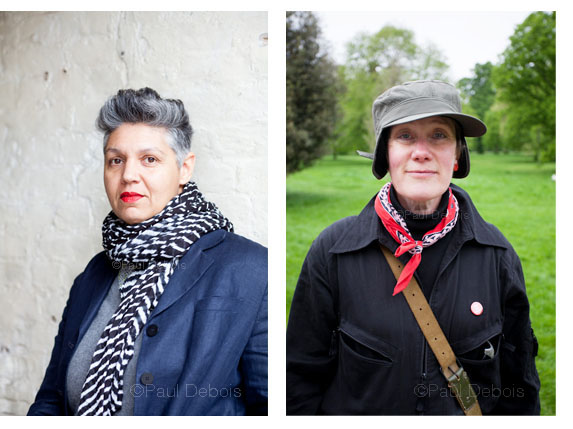
Chelsea Fringe 2012: Left: Deborah Nagan, designer of The Garden of Disorientation. Right: Julia Barton, artist, maker of the Heavy Plant Crossing or mechanical plant.

Left: The Edible Bus Stop team. Right: Julia Barton, artist, maker of the Heavy Plant Crossing or mechanical plant, outside The Serpentine Gallery
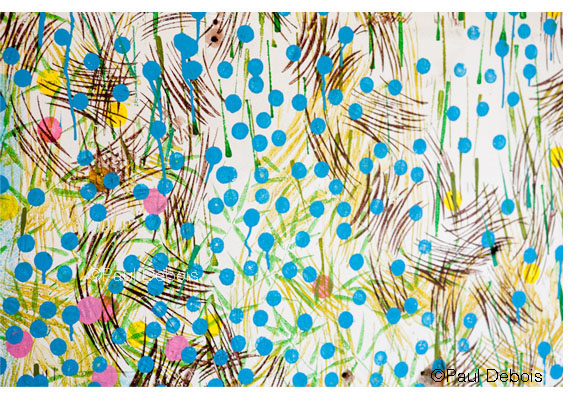
20.5.12, First Chelsea Fringe Festival - Garden of Disorientation - Unlikely scented garden in a former slaughterhouse. Wall mural detail.
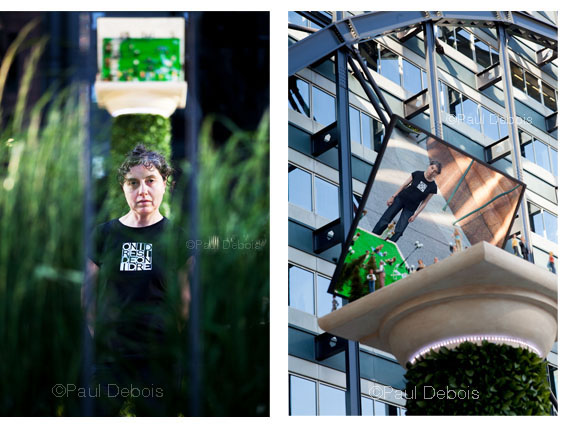
Chelsea Fringe, 26.5.12 - 'Reliable Utopias' artist Elisabetta Buffa, with her installation at Exchange Square near Liverpool Street

21.5.12, First Chelsea Fringe Festival - Wish Trees of Chelsea, Dovehouse Green, Dovehouse Street, London

21.5.12, Chelsea Fringe Festival - Pop-up Flower Shop at COS in Brompton Road, London - A collaboration between Clifton Nurseries and COS

Julia Barton with her Heavy Plant Crossing or mechanical plant. Outside The Serpentine Gallery on her journey to the Chelsea Flower Show.

Chelsea Fringe 2012. Left: Oranges and Lemons Garden at St Leonard's, Shoreditch. Right: Pop-up Flower Shop at COS in Brompton Road, London - A collaboration between Clifton Nurseries and COS

20.5.12, Chelsea Fringe Festival: The Mojito bar at The Garden of Disorientation - an unlikely scented garden in a former slaughterhouse.
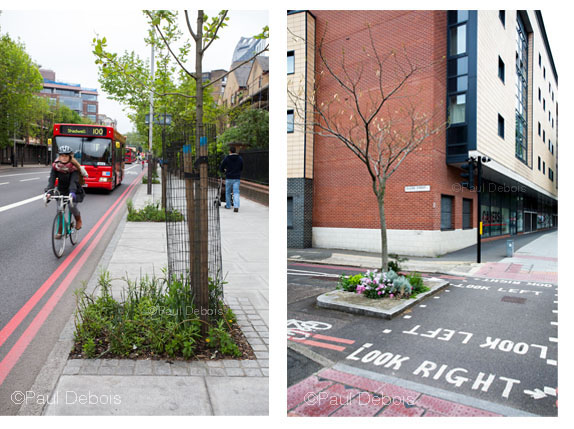
21.5.12, First Chelsea Fringe Festival - Left: Pimp Your Pavement - London, near Elephant and Castle. Right: Pimp Your Pavement - Globe Street near Elephant and Castle

Tony Heywood & Alison Condie's underground landscape installation for Cityscapes Garden Festival, at the Old Vic Theatre tunnels, London. Not part of The Chelsea Fringe, but acknowledged in the same spirit on the Fringe website.
Tony Heywood & Alison Condie’s underground landscape installation







